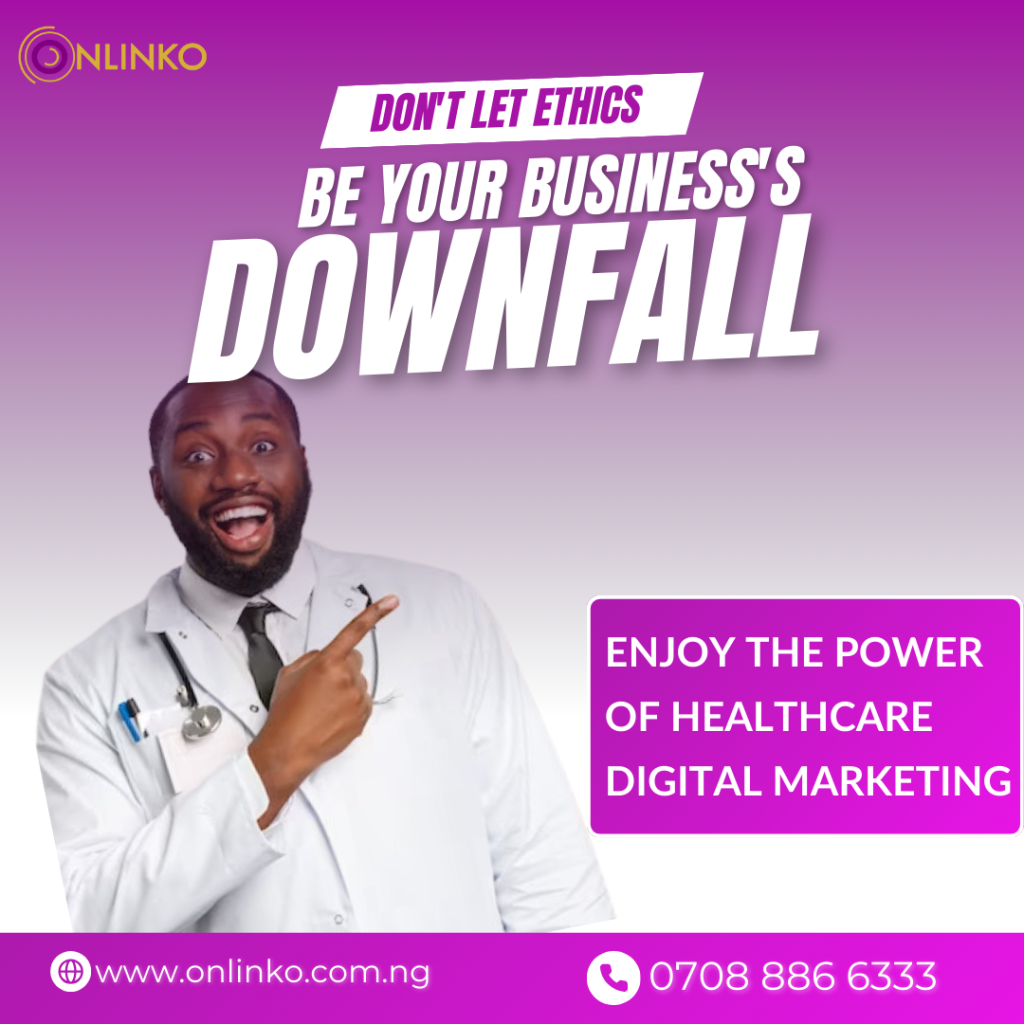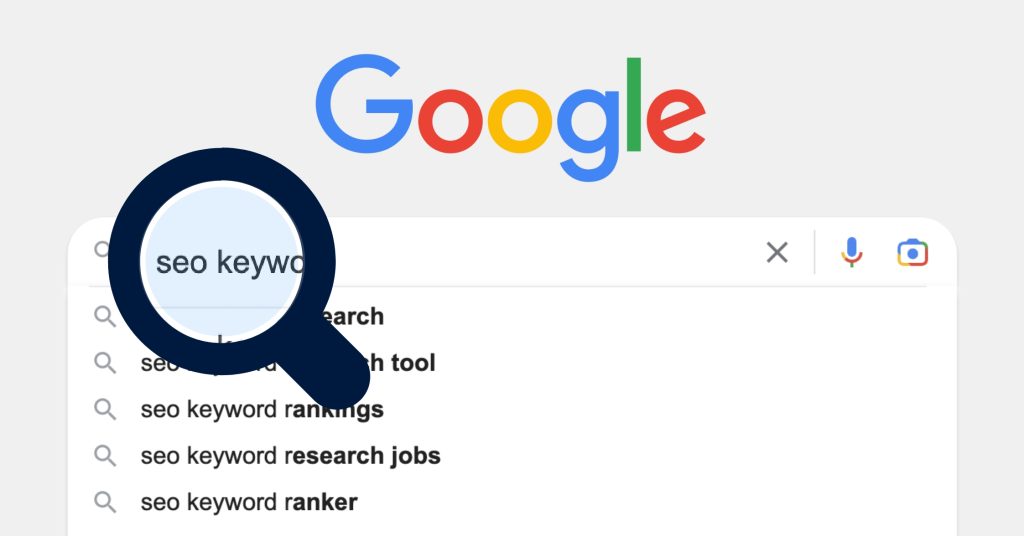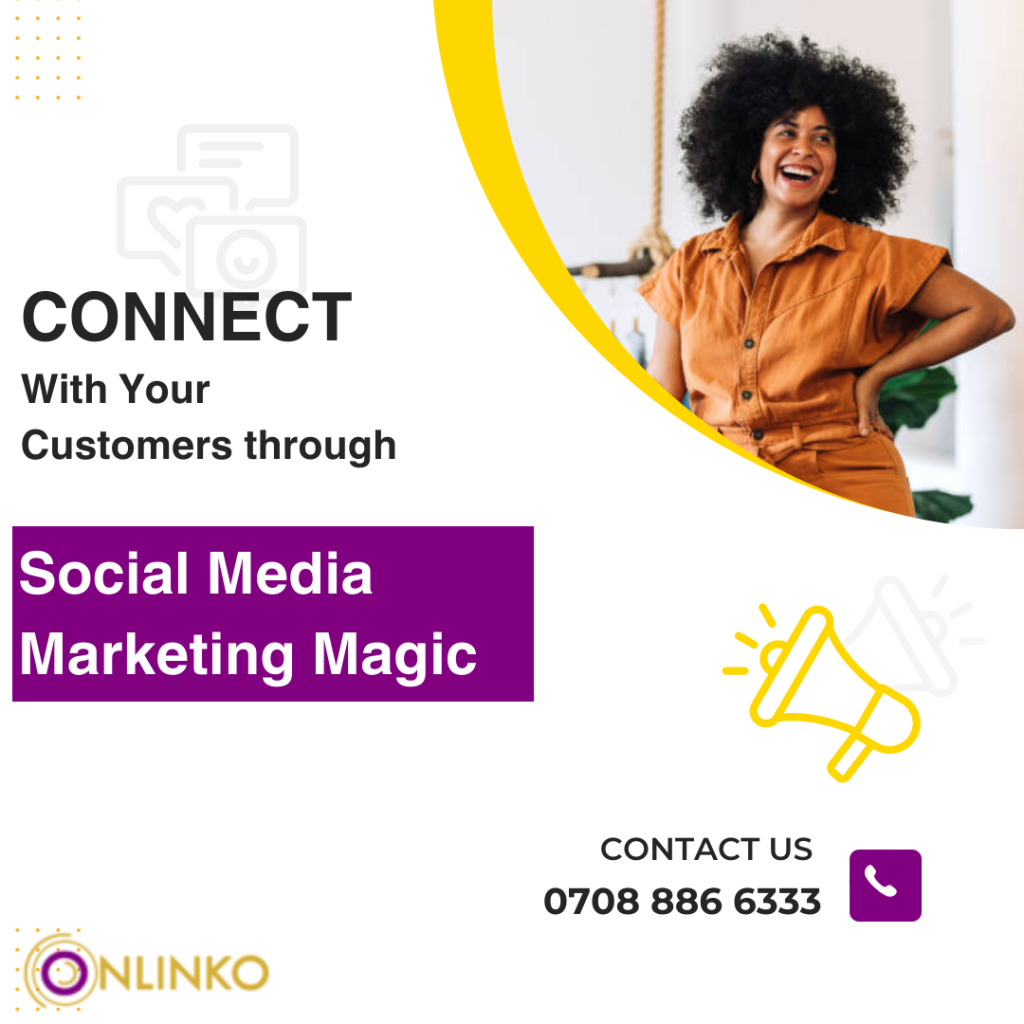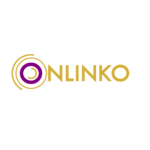Are you struggling to get your content noticed in the vast digital landscape? In 2024, ranking #1 on Google isn’t just a dream—it’s a necessity for business success.
The digital landscape is a fiercely competitive arena, with businesses battling for visibility and dominance. The holy grail? The coveted number one spot on Google search results.
It’s a position that can catapult your brand into the limelight, driving traffic, leads, and ultimately, revenue. But how do you achieve this elusive ranking?
The secret lies in SEO-optimized content marketing, a powerful strategy that combines compelling content with search engine savvy.

It’s not just about stuffing keywords anymore; it’s about creating a seamless user experience that Google loves.
From understanding the latest ranking factors to mastering local SEO tactics, this guide will equip you with the tools to dominate search results and drive organic traffic like never before.
Ready to unlock the potential of your content and skyrocket your online visibility? Let’s dive into the eight essential strategies that will propel your website to the top of Google’s search results in 2024.
Whether you’re a seasoned marketer or just starting, these insights will transform your approach to content creation and SEO optimization.
Understanding the Basics: What is SEO-Optimized Content Marketing?
SEO-optimized content marketing is the practice of creating high-quality, relevant, and valuable content that is designed to rank well in search engine results pages (SERPs).
This involves using targeted keywords, optimizing your content structure, and ensuring your content provides real value to your readers. But it’s not just about stuffing your content with keywords; it’s about crafting content that answers the needs of your audience while aligning with search engine algorithms.
Why Ranking #1 on Google Matters in 2024
Google processes over 3.5 billion searches per day, and studies show that the first result on Google gets over 25% of clicks. If your content isn’t on that first page, it’s likely being overlooked.
As businesses continue to move online, competition for those top spots on Google has never been fiercer. Ranking #1 doesn’t just mean more visibility; it can translate into a significant increase in traffic, leads, and ultimately, revenue.
Key Strategies for SEO-Optimized Content Marketing in 2024
Conduct Thorough Keyword Research
Understand User Intent: Keywords are the foundation of SEO. Use tools like Google Keyword Planner, Ahrefs, or SEMrush to find keywords that your target audience is searching for. Focus on understanding user intent behind those searches—is it informational, transactional, or navigational? Craft your content to satisfy that intent.

Target Long-Tail Keywords: These are longer, more specific phrases that may have lower search volumes but higher conversion rates. For example, instead of targeting “content marketing,” aim for “content marketing strategies for small businesses.”
Create High-Quality, Valuable Content
Solve Problems: Your content should address the pain points of your audience and offer actionable solutions. Content that educates, informs, or entertains has a better chance of being shared and linked to, both of which are critical for SEO.
Use Comprehensive, In-Depth Content: Google rewards content that covers a topic in-depth. Aim for long-form content (1,500+ words) that fully explores your subject matter. Make your content the ultimate resource on the topic.
Optimize On-Page SEO
Include Target Keywords in Key Areas: Ensure your target keywords are included in your title tags, meta descriptions, headers (H1, H2, H3), and naturally throughout the body of your content.
Use Alt Text for Images: Optimize your images by using descriptive alt text that includes your target keywords. This not only helps with SEO but also improves accessibility.
Improve Page Speed: A slow-loading website can negatively impact your rankings. Use tools like Google PageSpeed Insights to test and improve your site’s speed.

Leverage Content Clusters and Internal Linking
Content Clusters: Organize your content into clusters around a core topic, linking back to a pillar page. This structure helps search engines understand the relationship between pieces of content and improves your chances of ranking for a broader set of keywords.
Internal Linking: Use internal links to guide users to related content on your site. This not only improves user experience but also helps distribute page authority across your site, improving your SEO.
Focus on User Experience (UX)
Mobile Optimization: With more users accessing content via mobile devices, ensure your website is mobile-friendly. Google uses mobile-first indexing, meaning it primarily uses the mobile version of a site for ranking.
Easy Navigation: A well-organized website with clear navigation helps users find what they’re looking for and reduces bounce rates, both of which are positive signals to Google.
Build High-Quality Backlinks
Earn Links, Don’t Buy Them: Focus on creating valuable content that naturally earns backlinks from reputable sites. Guest blogging, partnerships, and outreach to influencers in your industry are effective strategies for gaining quality links.
Monitor and Disavow Bad Links: Use tools like Google Search Console to monitor your backlink profile. Disavow any low-quality or spammy links that could hurt your rankings.
Use Video Content
Video is a Powerful Tool: Incorporate video content into your strategy. Video can improve engagement, and is more likely to be shared—factors that can positively impact your SEO.
Optimize Video Content: Ensure your video titles, descriptions, and transcripts are optimized with keywords, and consider embedding videos on relevant blog posts.
Regularly Update and Refresh Content
Keep Content Fresh: Regularly update your existing content with new information, statistics, and trends. Google favors fresh content, and updating old posts can give them a new lease on life in the SERPs.
Repurpose Content: Turn blog posts into infographics, videos, or podcasts to reach a wider audience and boost your SEO through multiple channels.
Engage with Social Media
Promote Your Content: Share your content across your social media channels to increase its visibility. Although social signals aren’t a direct ranking factor, they can lead to more backlinks and traffic.

Engage Your Audience: Actively engage with your audience on social media by responding to comments and fostering discussions. This can increase your content’s reach and drive more traffic to your site.
Analyze and Adjust Your Strategy
Use Analytics Tools: Regularly monitor your site’s performance using tools like Google Analytics, Google Search Console, and Ahrefs. Analyze which content is driving the most traffic and adjust your strategy accordingly.
A/B Testing: Experiment with different headlines, CTAs, and content formats to see what resonates best with your audience and refine your strategy for better results.
Conclusion: Make 2024 the Year Your Content Ranks #1 on Google
Ranking #1 on Google in 2024 is achievable if you combine strategic SEO efforts with high-quality content that truly meets the needs of your audience.
The competition is fierce, but with the right approach, you can create content that not only ranks at the top but also drives real business results.
Are you ready to take your content marketing to the next level? Contact Onlinko Marketing Agency today to create a customized SEO-optimized content strategy that will help your business dominate the search results in 2024.
Let’s turn your content into a powerful tool for growth!

